Is My Back Pain Serious? Check How, Its Cause, Type, Tests
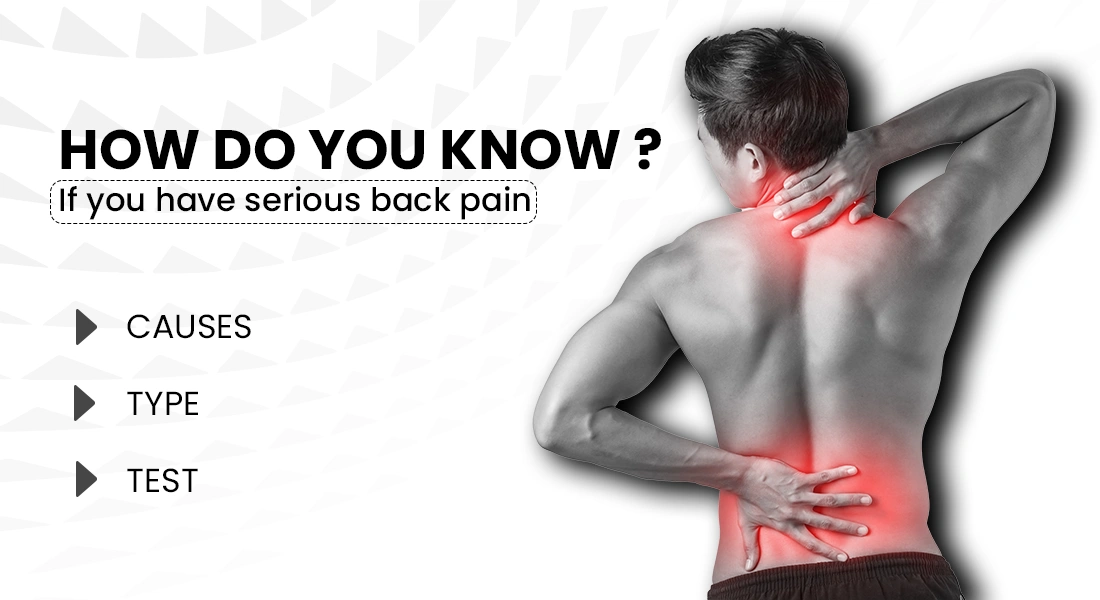
How many times has severe back pain caused you to abandon or postpone a plan? Yes, exactly! Back pain is so common that you probably hear about it or experience it yourself every day from someone. Most of the time, we treat it casually and cancel our plans or increase our daily sleep, which is not the best course of action.
To get rid of this misery and enjoy a healthy and active routine, we need to gain more knowledge about lower back pain, including its types, causes, treatments, and prevention.
Causes
A test result or imaging study may not reveal the causes of lower back pain in most cases. These conditions are frequently associated with back pain:
- Strain on a muscle or ligament. Back muscles and spinal ligaments can become strained by frequent heavy lifting or an unexpectedly awkward movement. Constant straining on the back can result in excruciating muscle spasms in people who are not in good physical shape.
- Bulging or ruptured discs. A disk's soft interior material may swell or burst, applying pressure to a nerve. Back pain, however, may not always result from a bulging or ruptured disc. MRIs, CT scans, and spine X-rays performed for other purposes frequently reveal disc disease.
- Arthritis. A severe back pain or injury may result from osteoarthritis. Spinal stenosis, a narrowing of the space surrounding the spinal cord, can occasionally result from spinal arthritis.
- Osteoporosis. If the bones become brittle and porous, the vertebrae in the spine may suffer excruciating breaks.
- Axial spondyloarthritis is another name for ankylosing spondylitis. Certain spine bones may fuse as a result of this inflammatory illness. As a result, The spine becomes more rigid.
Signs and Symptoms
Back pain can feel like a burning, stabbing, or shooting sensation in addition to aching muscles. It can worsen when bending, twisting, lifting, standing, or walking. With at-home therapy and self-care, most back pain gets better over time, usually in a few weeks. If you experience back pain symptoms that:
- Stays for more than a few weeks.
- Is severe and does not get better when you rest.
- Extends down one or both legs, particularly if the soreness is subchondral.
- Comes with an inexplicable decrease in weight.
Rarely, back discomfort might be a sign of a serious medical problem. If you experience back pain that:
- Causes new issues with the bladder or bowel.
- Has a fever accompanying it.
- Comes after a blow to the back, fall, or other injury.
Types
In order to classify back pain, researchers and medical professionals distinguish between multiple types of back pain:
- Acute Back Pain: This kind of back pain usually lasts anywhere from a few days to a few weeks and comes on suddenly.
- Subacute Back Pain: Subacute back pain can appear out of the blue or creep up on you. It usually lasts between four and twelve weeks.
- Chronic Back Pain: Chronic back pain lasts over 12 weeks and can occur suddenly or gradually. In this group, experiencing pain turns into a daily reality.
Diagnosis and Tests
Your doctor will check your back and evaluate your range of motion, including sitting, standing, walking, and lifting your legs. In addition, your healthcare provider may ask you to rate your pain on a zero-to-10 scale and discuss how your pain impacts your day-to-day activities.
These tests for lower back pain assist in identifying the source of the pain, the amount of movement you can tolerate before experiencing excruciating pain, and the presence or absence of muscle spasms. Additionally, they can aid in ruling out more serious reasons for back pain.
The following tests may be able to assist in determining the source of the back pain:
- X-ray - These photos depict broken bones or arthritis. These pictures alone cannot demonstrate issues with the discs, muscles, nerves, or spinal cord.
- CT or MRI scans - Images produced by these scans can show issues with bones, muscles, tissue, tendons, nerves, ligaments, blood vessels, and herniated discs.
- Blood examinations - These can assist in figuring out whether the pain is caused by an infection.
- Nerve studies - The measurement of electrical impulses generated by nerves and the response of muscles to these impulses is known as electromyography or EMG. This examination can verify nerve pressure resulting from spinal stenosis or herniated discs.
Treatment
- Medications
Your doctor may recommend medication if rest and applying ice or heat are insufficient to relieve your pain. Prescription muscle relaxants and over-the-counter nonsteroidal anti-inflammatory drugs (NSAIDs) are two of the most often used medications for treating back pain.
Lower back pain treatment options for sciatica and spondylolisthesis include epidural spinal injections, which involve injecting steroids into the area surrounding your spine.1. If the pain from spine osteoarthritis is too great, a steroid injection into the spinal joint may help.
- Physical Therapy
In order to increase mobility, relieve back pain, and strengthen and stretch your back muscles, your healthcare provider might also suggest physical back pain treatment. Walking and other low-impact exercises that increase flexibility and range of motion, such as swimming and biking, are beneficial for treating lower back pain.
You might have extra motivation if you track your activities with a wearable device. According to a 2019 study, wearable users with chronic back pain engaged in significantly more walking and other forms of exercise than those in a control group. Further research is necessary, but this could decrease the use of other back pain therapies.
- Alternative and Complementary Medicine
The following are a few instances of complementary therapies for back pain:
- Massage therapy
- Acupuncture
- Yoga
- Tai chi
- Chiropractic care
Before ingesting any vitamins, herbs, or supplements, please consult your healthcare provider with the proper tests for lower back pain to ensure they are appropriate and safe.
- Spinal Surgery
Only those who receive insufficient relief from their back pain symptoms without surgery and whose imaging studies identify the source of their pain are candidates for spinal surgery. Certain conditions, such as those that compromise the spine's stability, may benefit from surgery. You can find out if surgery is the best course of action for you and what the risks are by consulting with a spine surgeon.
In Conclusion
To help with the causes of lower back pain and quality of life enhancement, various tests and treatments may be available depending on the nature and intensity of the pain. You should speak with your doctor for a proper diagnosis and treatment plan if your back pain is more severe than six weeks, interferes with your everyday activities, or is accompanied by other symptoms.
DISCLAIMER: THIS WEBSITE DOES NOT PROVIDE MEDICAL ADVICE. The information including text, graphics, images, and other material contained on this website is for informational purposes only. No material on this site is intended to be a substitute for professional medical advice, diagnosis, or treatment. Contact a health expert if you have questions about your health.




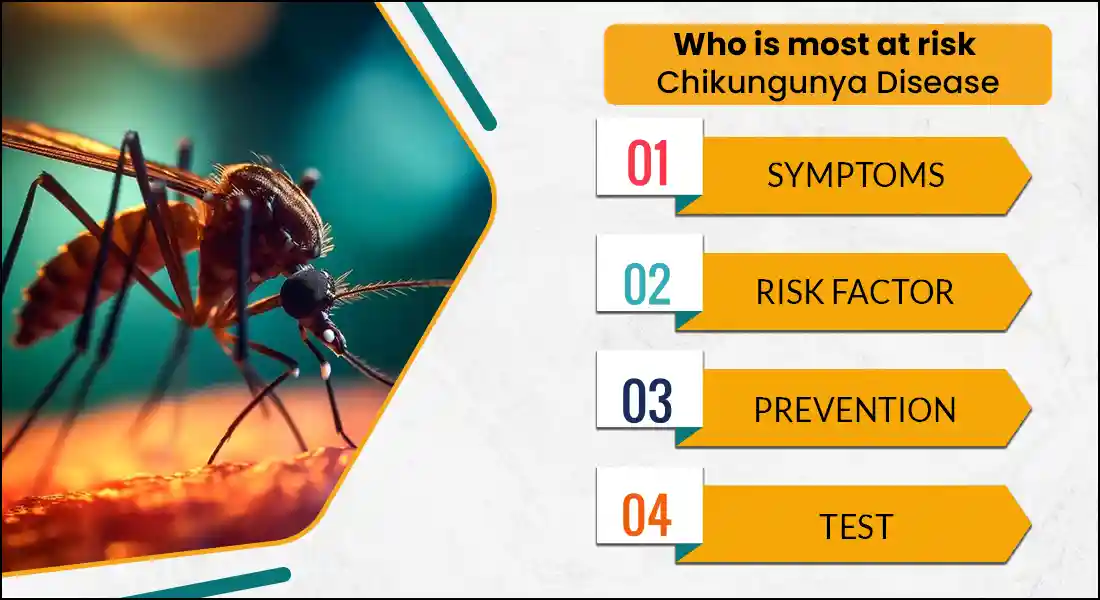
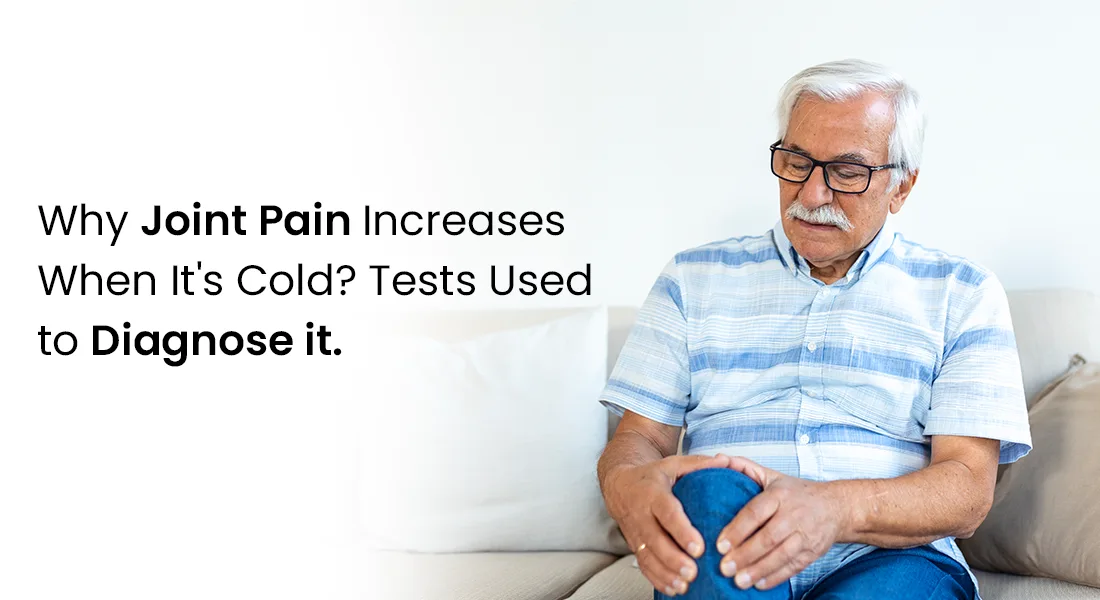
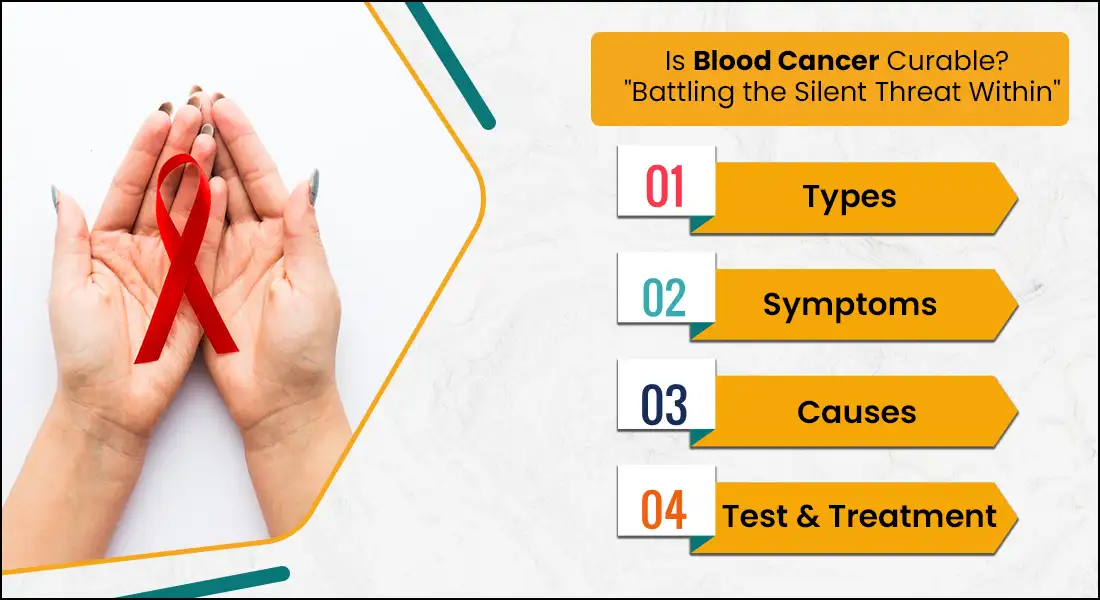
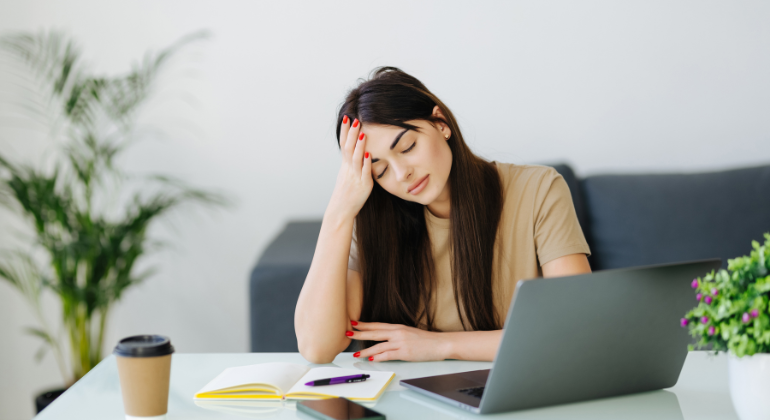
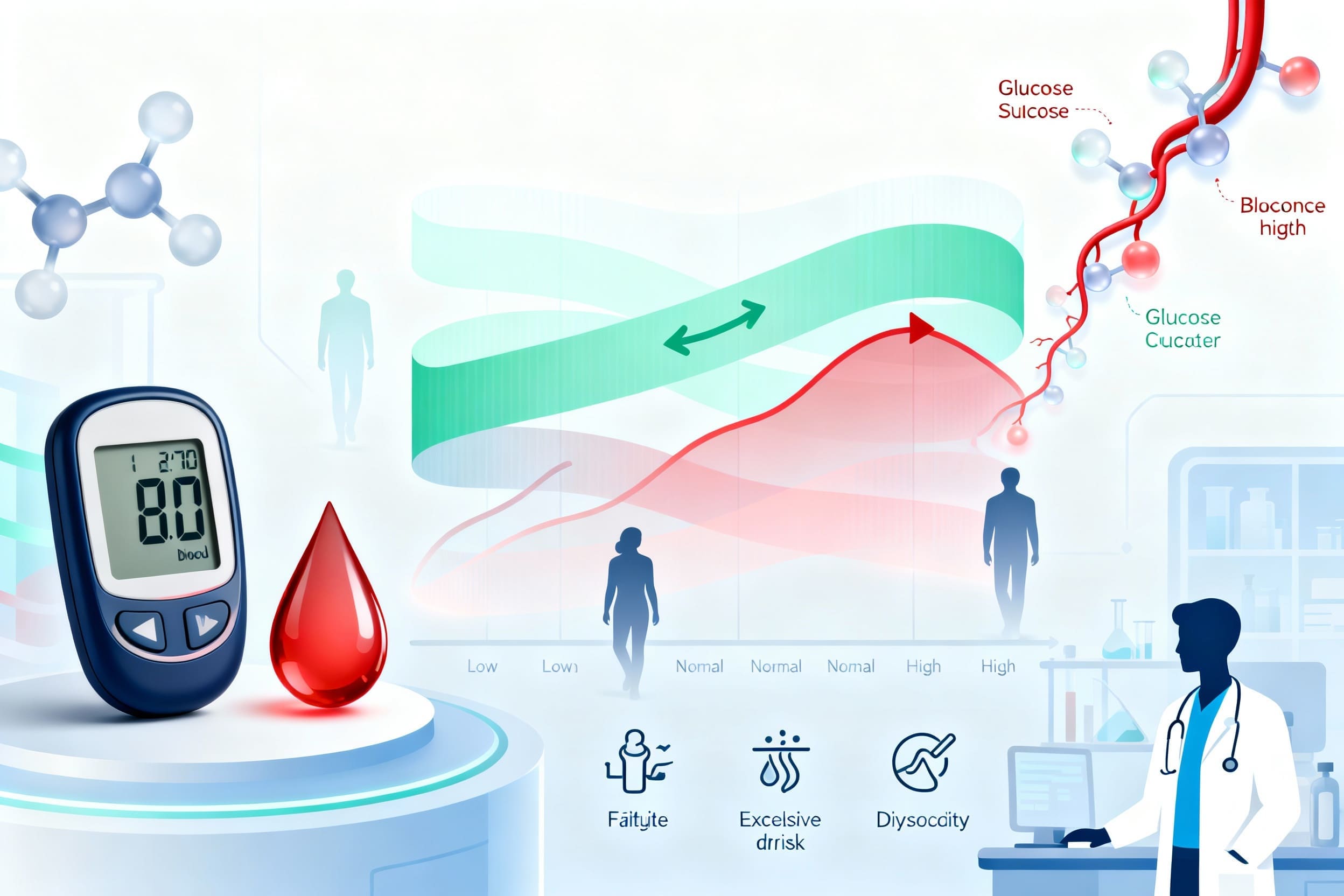
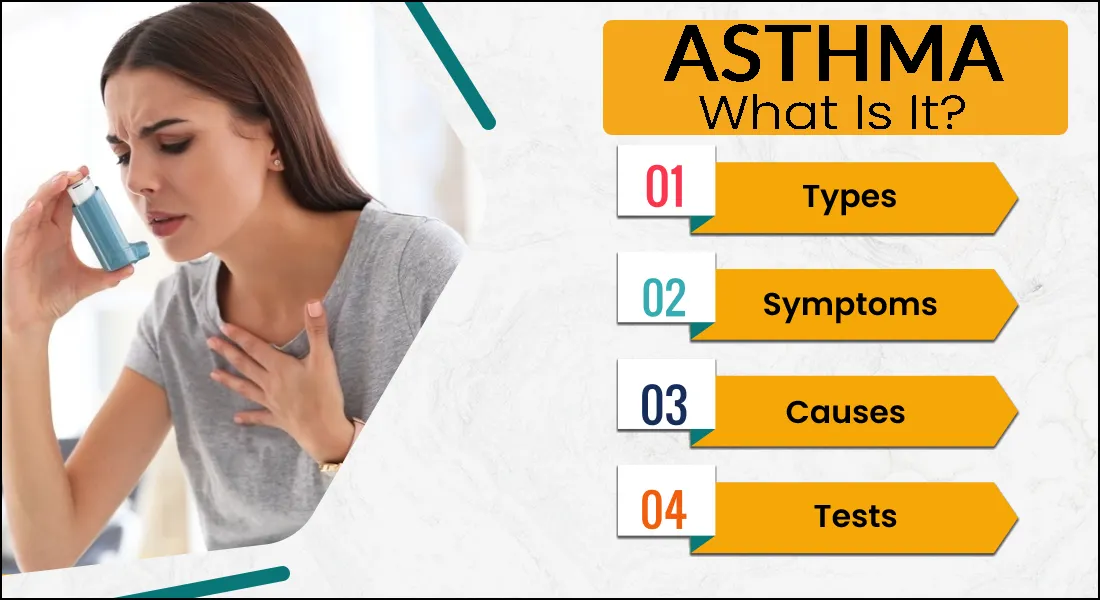
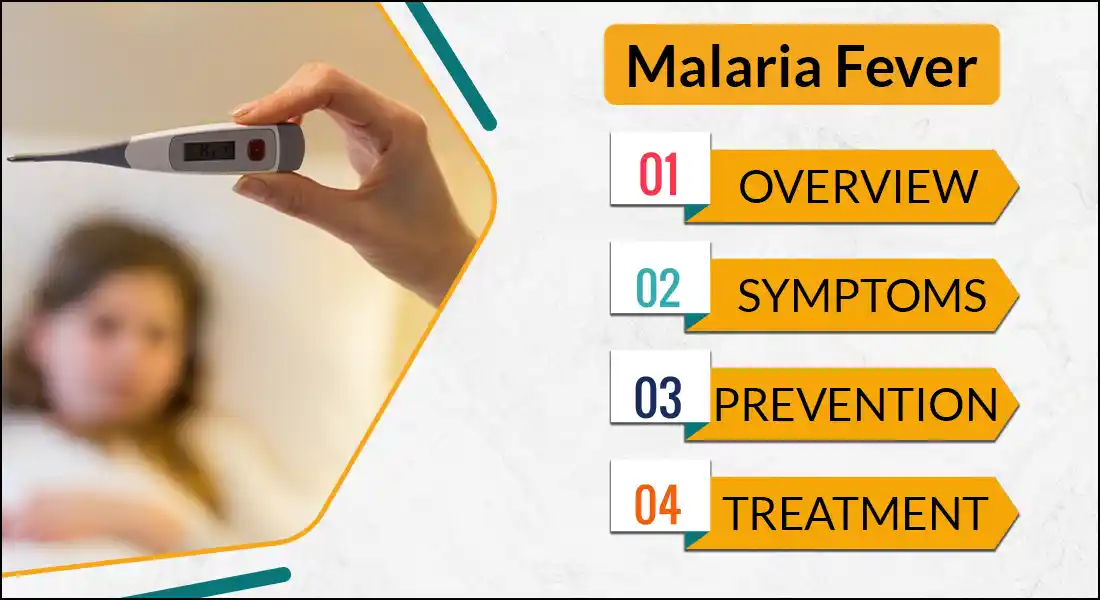

.webp)
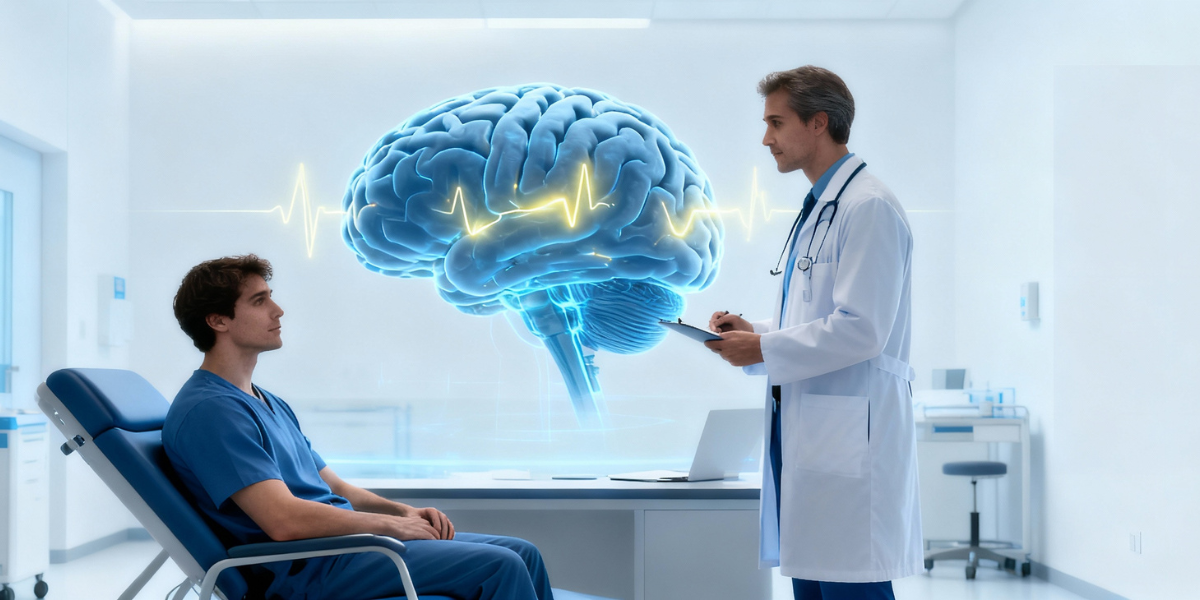

Comments List